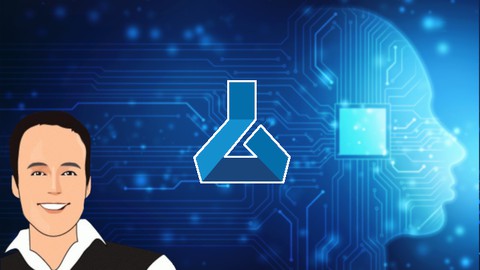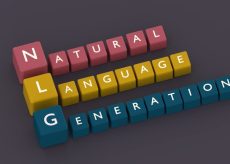AI-900 Course Azure AI Fundamentals with Virtual Simulations


Price: 69.99$
We really hope you’ll agree, this training is way more than the average course on Udemy! Have access to the following: Training from an instructor of over 20 years who has trained thousands of people and also a Microsoft Certified Trainer Lecture that explains the concepts in an easy to learn method for someone that is just starting out with this material Instructor led hands on and simulations to practice that can be followed even if you have little to no experience TOPICS COVERED INCLUDING HANDS ON LECTURE AND PRACTICE TUTORIALS: Introduction Welcome to the course IMPORTANT Using Assignments in the course Creating a free Azure Account Order of concepts covered in the course Introduction to artificial intelligence terminology Identify features of common AI workloads Understanding features of anomaly detection workloads Example of univariate anomaly detection Example of multivariate anomaly detection What is computer vision workloads?Conceptual usage of natural language processing workloads Visualizing knowledge mining principals Identify guiding principles for responsible AIIntroduction to responsible AIFairness and Inclusiveness in an AI solution Reliability and safety in an AI solution Privacy and security in an AI solution Transparency in an AI solution Accountability in an AI solution Identify common machine learning types Create an Azure Machine Learning workspace for machine learning scenarios What is regression machine learning?Building a pipeline with regression machine learning for cleaning a dataset Implement a regression machine learning scenario Evaluating the results of regression machine learning scenarios What is classification machine learning?Implement a classification machine learning scenario in Azure Understanding labels on a confusion matrix Clustering machine learning example Describe core machine learning concepts Understanding features and labels in a dataset for machine learning How training and validation datasets are used in machine learning Describe capabilities of visual tools in Azure Machine Learning Studio Using Automated machine learning Understanding Azure Machine Learning Designer Cleaning up our existing Azure resources Identify common types of computer vision solutions What are the Azure computer vision solutions?Creating an Azure computer vision resource Image classification and object detection solutions in vision studio Optical character recognition solutions in vision studio Facial detection and facial analysis solutions in vision studio Spatial analysis solutions in vision studio Identify Azure tools and services for computer vision tasks Using the POSTMAN tool for interacting with Azure AI Services Implementing the capabilities of the Computer Vision service Implementing the capabilities of the Custom Vision service Implementing the capabilities of the Face service Implementing the capabilities of the Form Recognizer service Identify features of common NLP Workload Scenarios What are the Azure AI Language features?Creating a language service resource in Azure Trying out key phrase extraction Trying out key entity recognition Trying out key sentiment analysis Trying out key language modeling Trying out key speech recognition and synthesis Trying out key translation Identify Azure tools and services for NLP workloads Exploring the capabilities of the Language service Exploring the capabilities of the Speech service Exploring the capabilities of the Translator service Configuring Azure AI language to support questions and answers support Identify considerations for conversational AI solutions on Azure Understanding the features and uses for bots Capabilities of Power Virtual Agents and the Azure Bot service Remove existing resource Identify features and capabilities of generative AI & the Azure Open AI Service Features of generative Open AI models Common scenarios for generative Open AIResponsible Open AI considerations for generative AI






